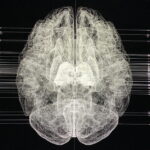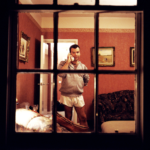Drawn From the City: Summative Assessment
Sally Dolphin
Project One – Working with the Found Object
Secondary Research of the ‘Dada’ movement

This work by Marcel Duchamp initiated my interest with using objects of unconventional beauty, which then evolved into working with scrap objects. The primary materials used within this piece, include glass panels, wire, foil, glue and varnish; all of which reflect the artists’ intention to overcome the common misconception that art should be kept within the material confines of paint, sketch work etc, instead utilising materials of a more practical nature to create a work of beauty.
Primary Research: Exploration of the City and Scrap Objects
Personal Field Trip to Sam Burns’ Scrap Yard, Edinburgh – Photography
With these photographs, I intended to reflect my interest in using scrap objects as my ‘found object’. I became increasingly interested in certain photographs I took in this series; those which capture the beauty of rust and signs of wear which had covered some of these objects. This, in my opinion, perfectly captured the intention of Dada art – presenting certain aspects of objects which, challenge the conventionality of ‘beauty’ within art, and allow objects which are seen as ‘scrap’ or ‘undesirable’ to be viewed as art in their own right.

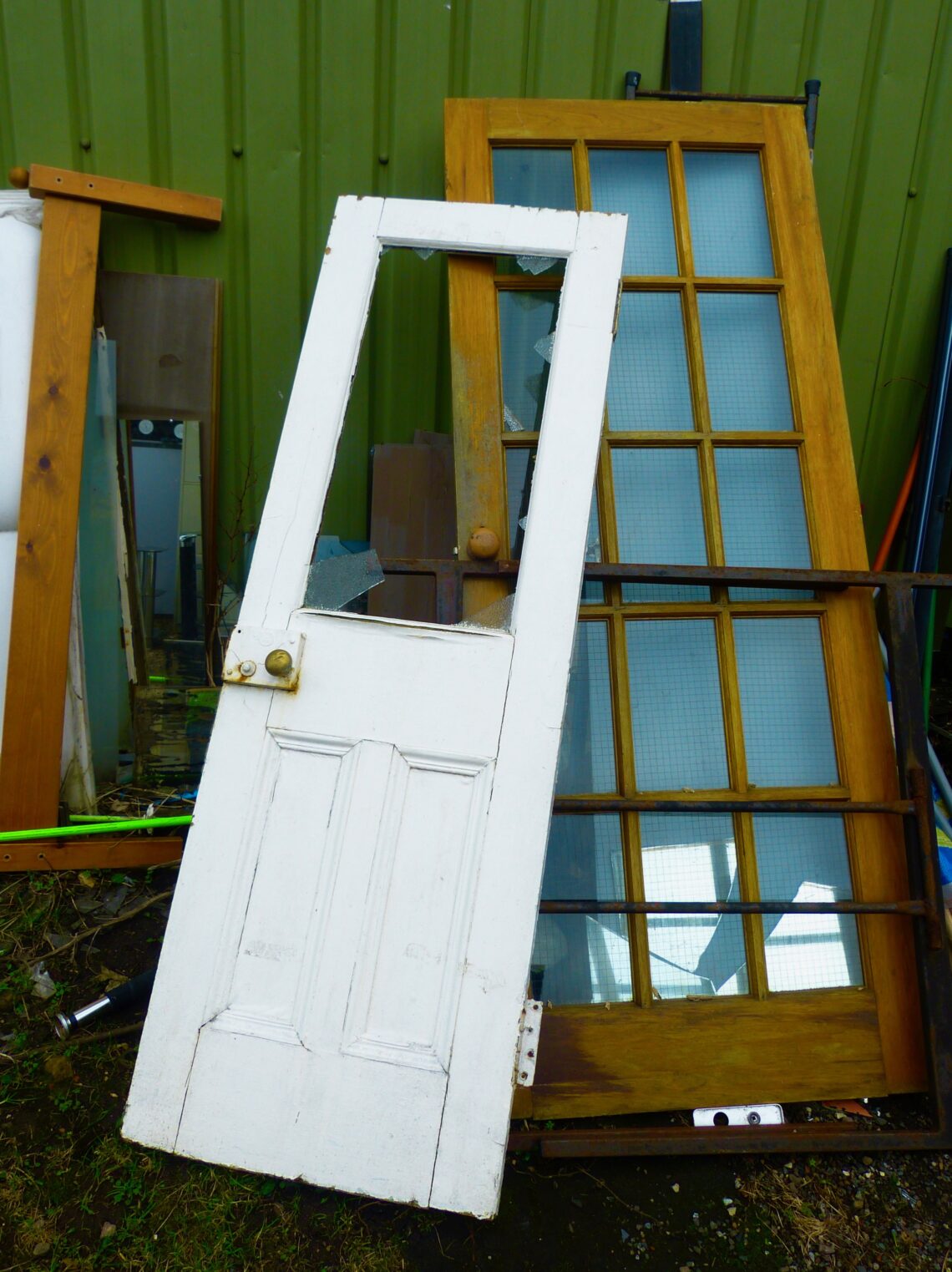

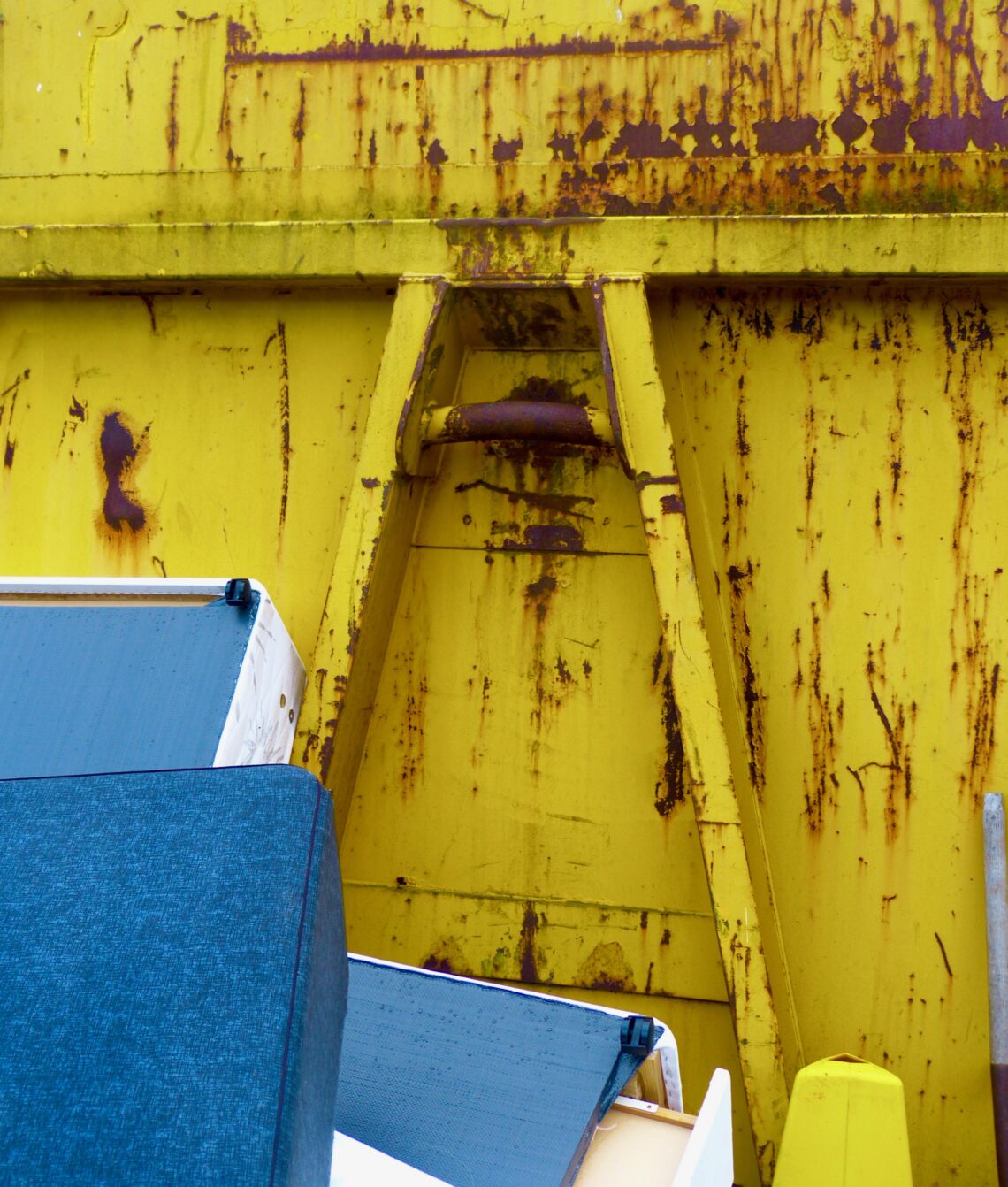
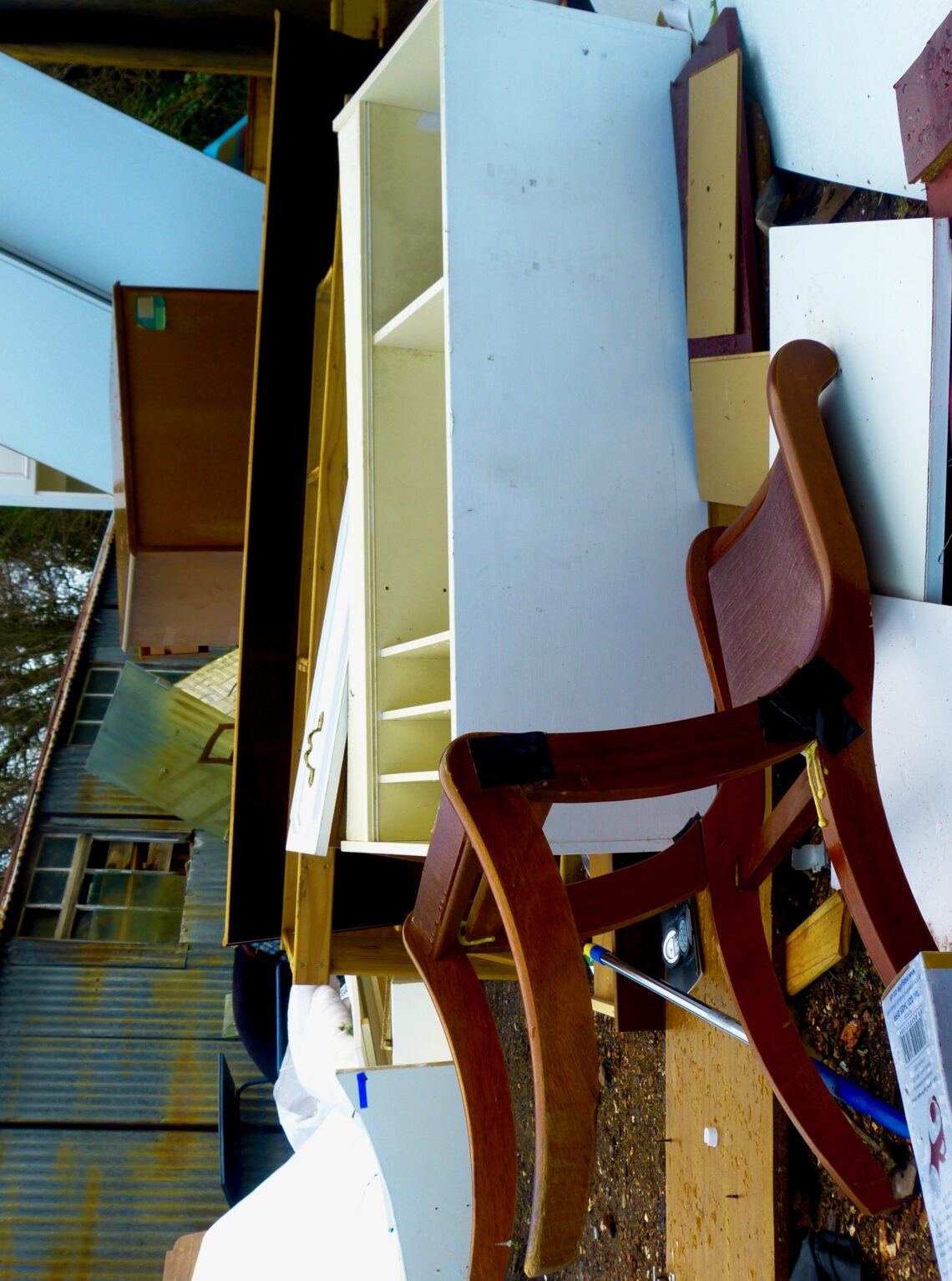
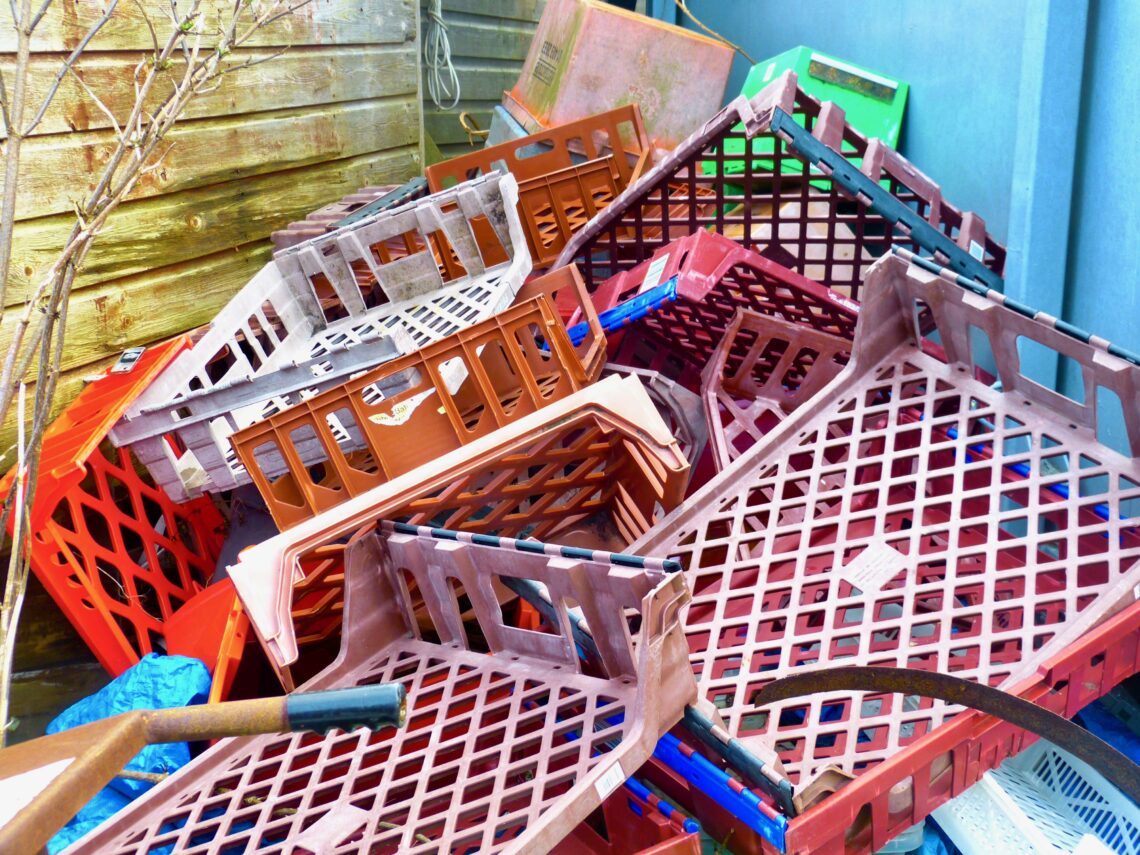
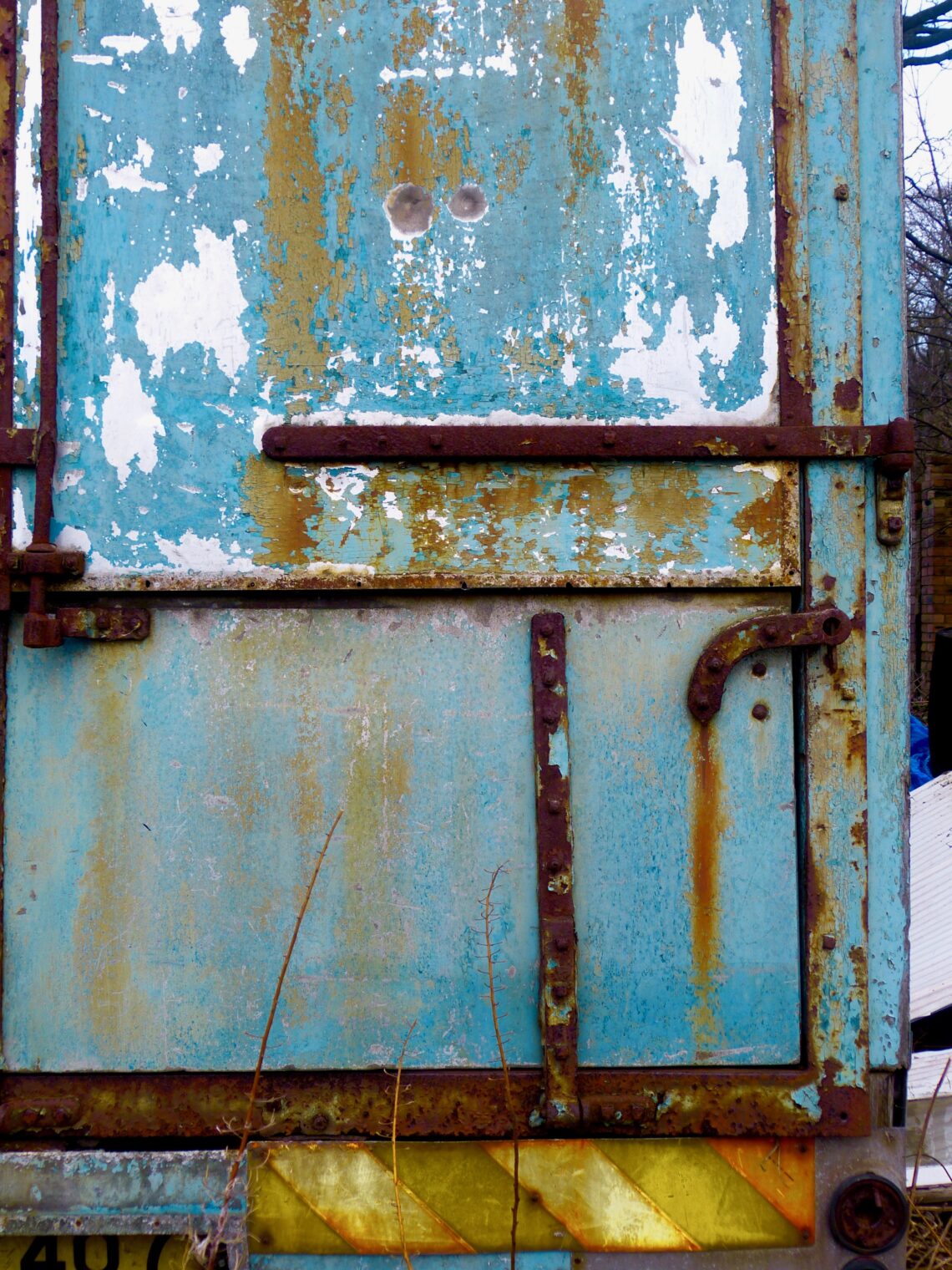
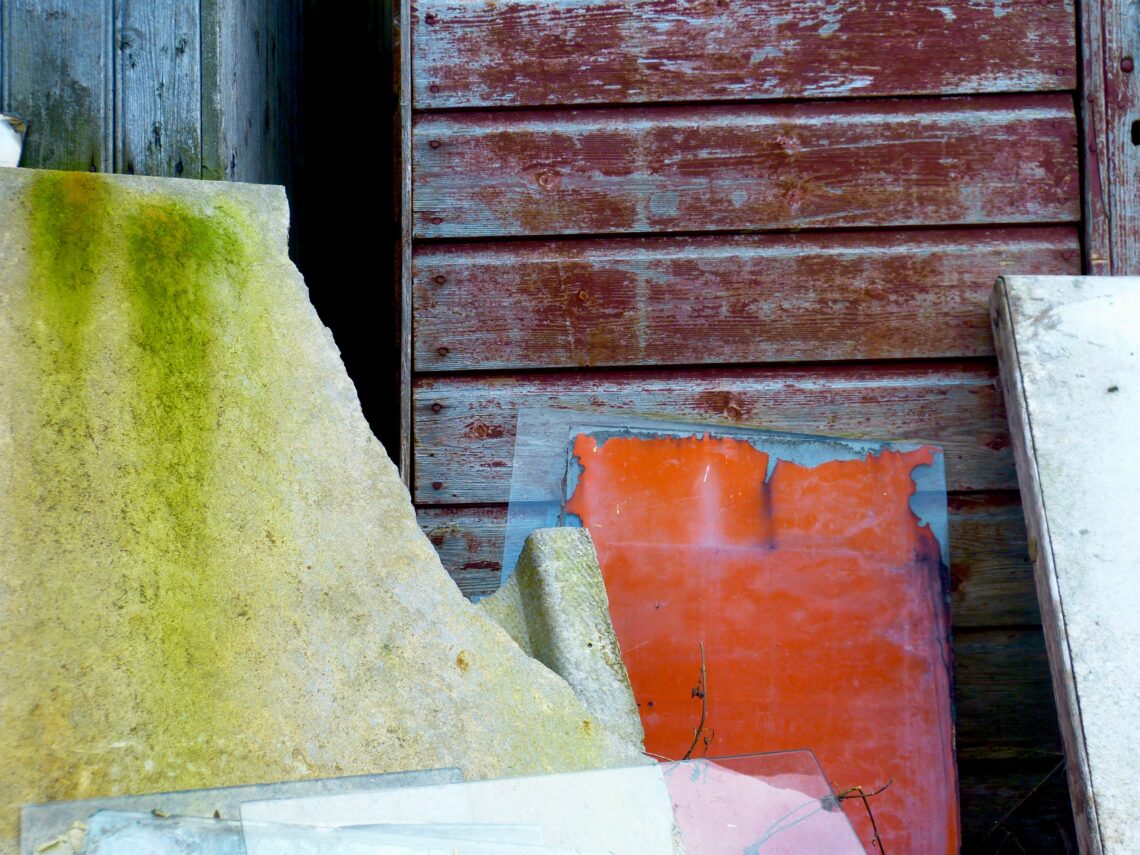
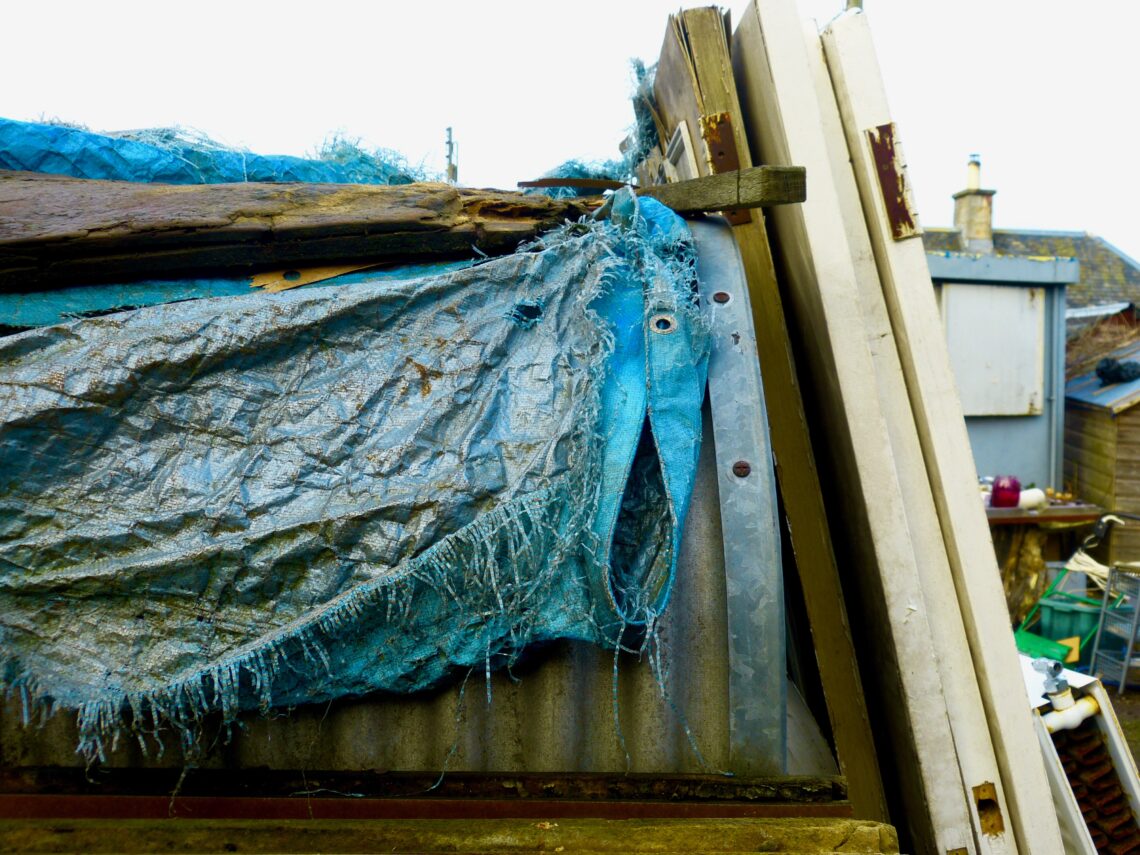

Secondary Research: In Response to Sam Burns’ Scrap Yard Photography
Tony Cragg

This composition features a perfectly shaped cuboid, with this symmetry and perfection contrasted by the materials of miscellaneous ‘scrap’ objects which compose it.
Mark Bradford


Mark Bradford inspired my final outcome for this project. His work, which consists of multiple layers of materials such as semi-permanent papers, newspapers and prints, being sealed with shellac and attacked with power tools such as water and brushes, revealing layers which hide beneath. The results reveal compositions which resemble cityscapes, or a scrapyard landscape. Bradford’s work inspired me to work with layering and bold colours in my final composition, in response to my previously displayed photographs.
Experimentation for final outcome
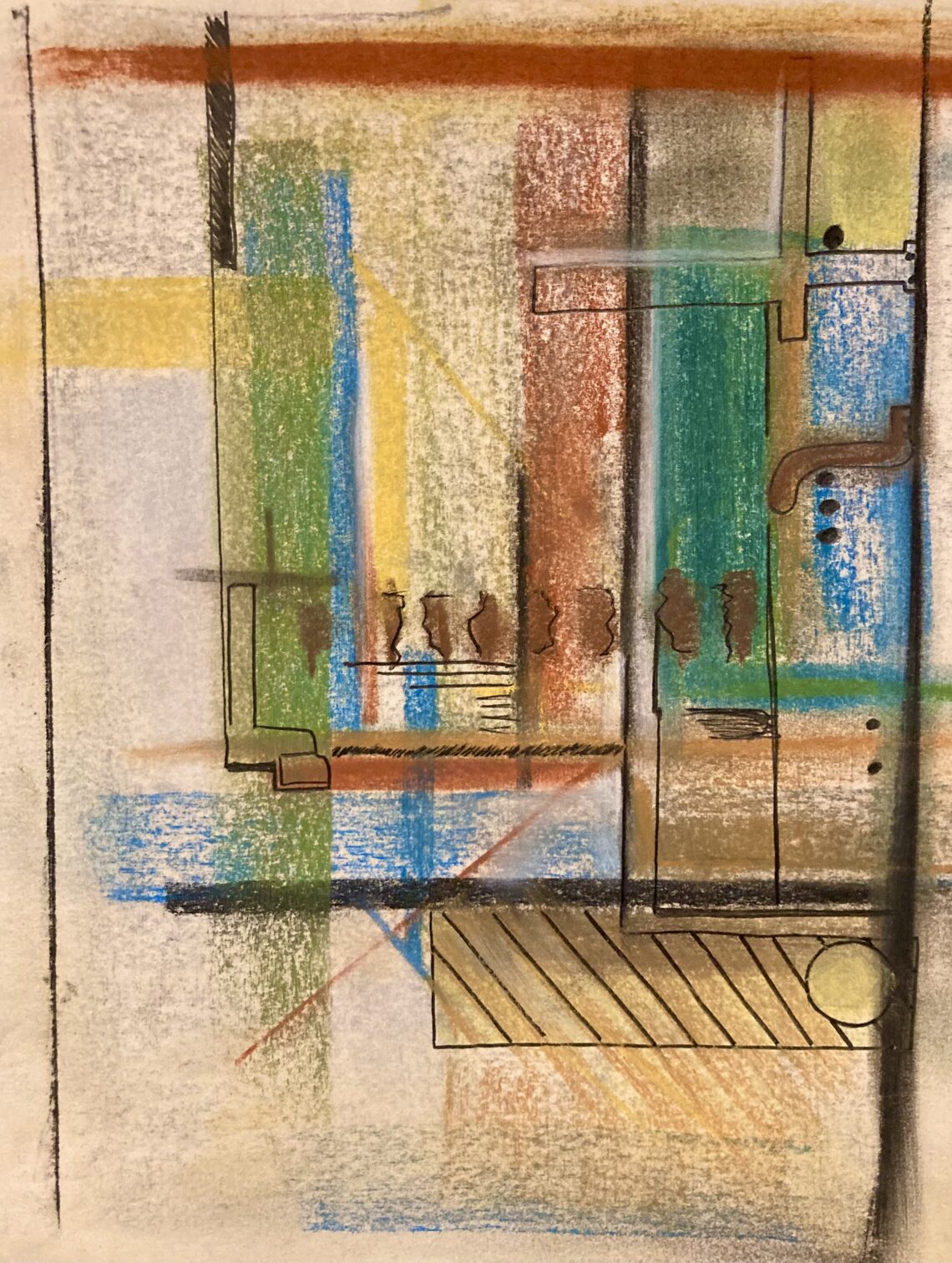
Final Outcome
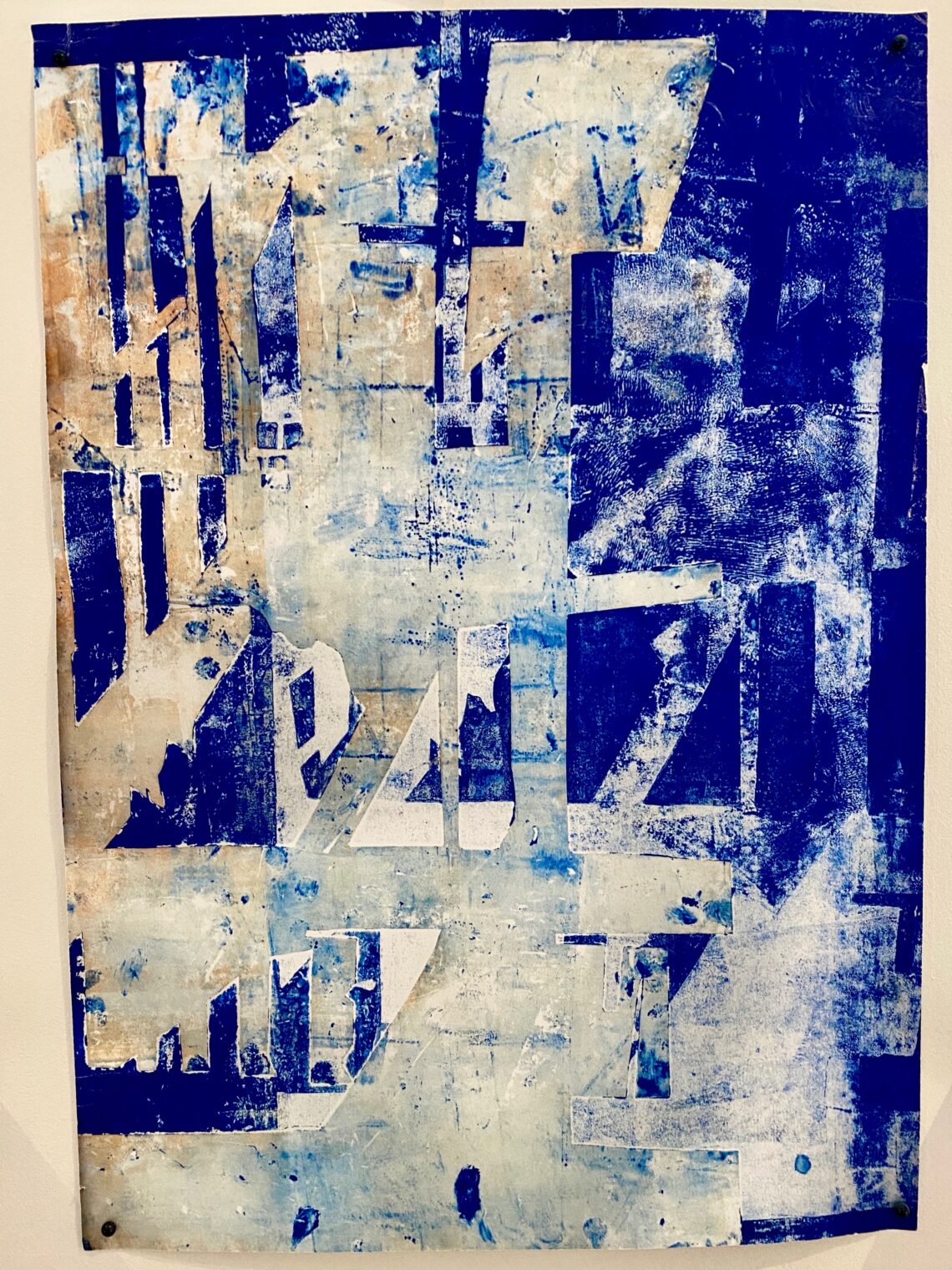

Refined Final Outcome: super-imposing images using photoshop.
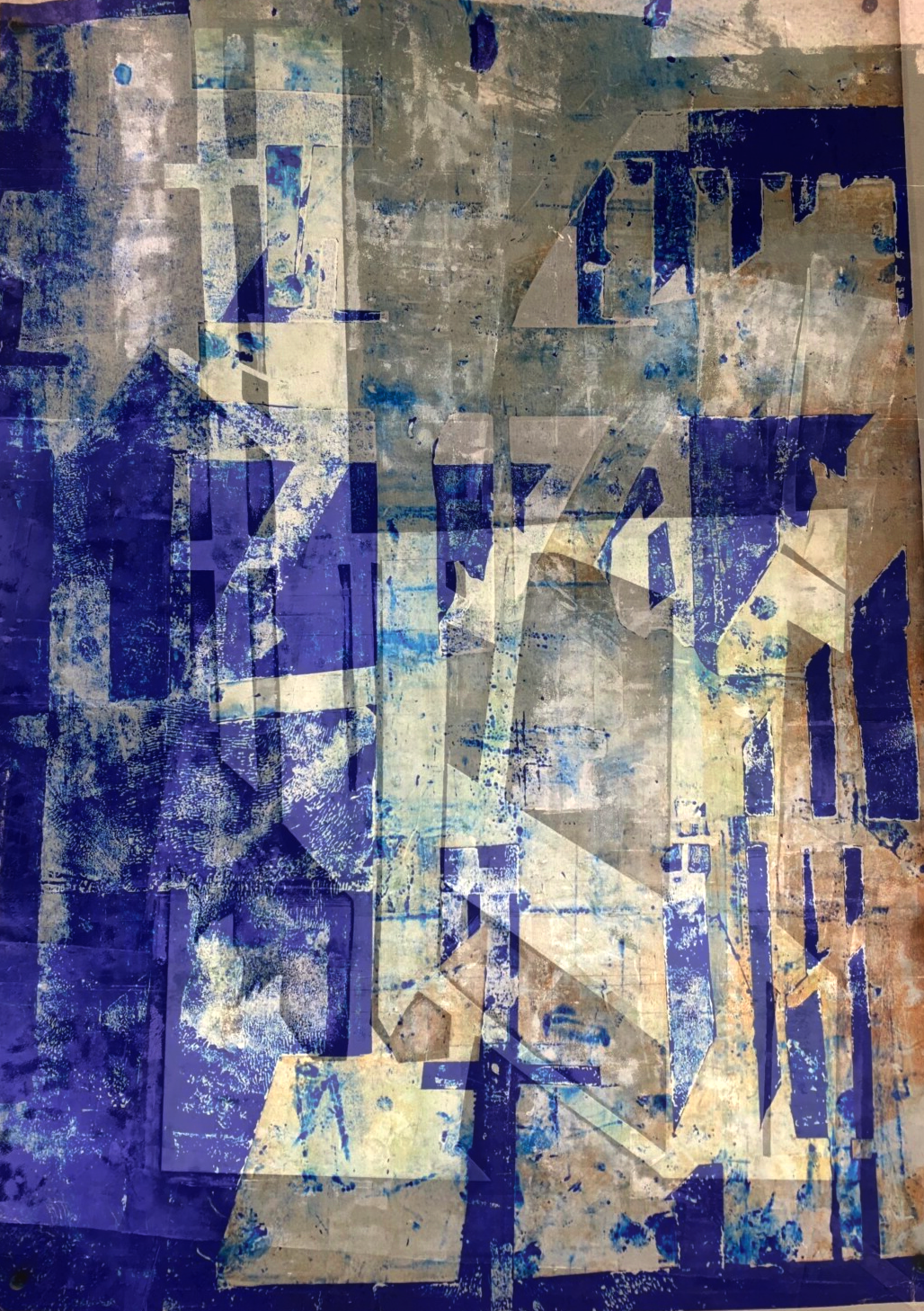
Project 2: Making and Breaking Narrative
In defining ‘narrative’, I came to the decision that a narrative is a story or recounting of events, which can be altered and warped depending on the interpretation or author of the narrative. I became interested in exploring artists whose work warps the personal narratives of their subjects, through methods including ambiguity within their painting, and concealing certain features of the subject, therefore encouraging the audience to create their own narrative for the subject.
Secondary Research:
Richard Diebenkorn – concealing facial features of his subjects to create ambiguity and mystery about their personal narratives.
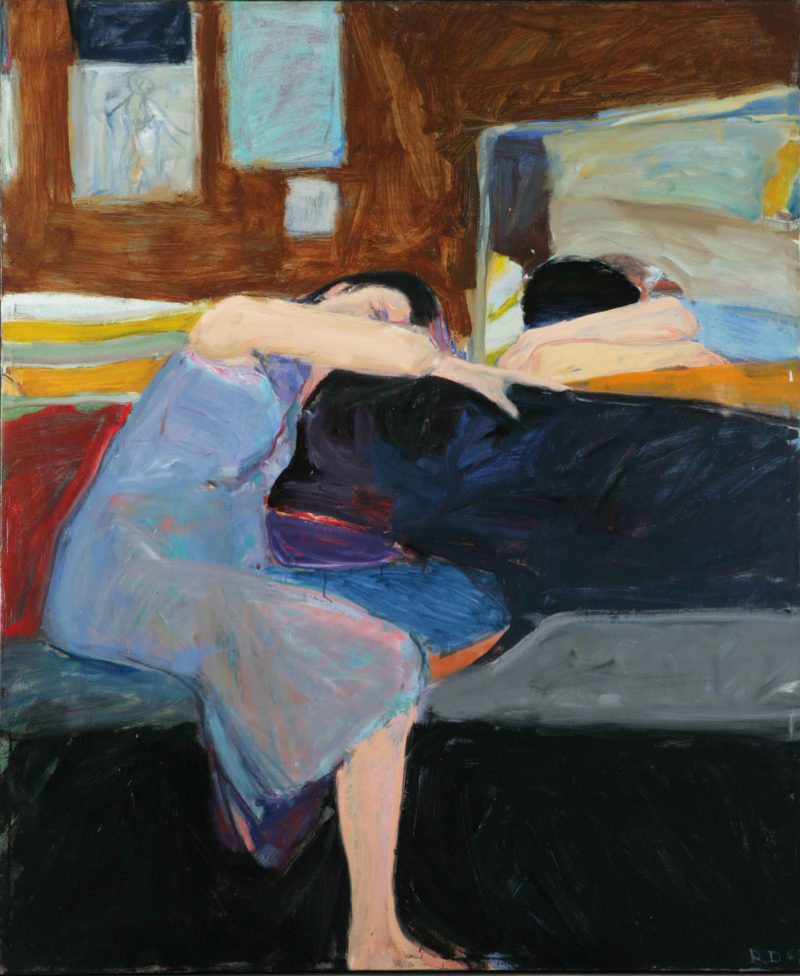
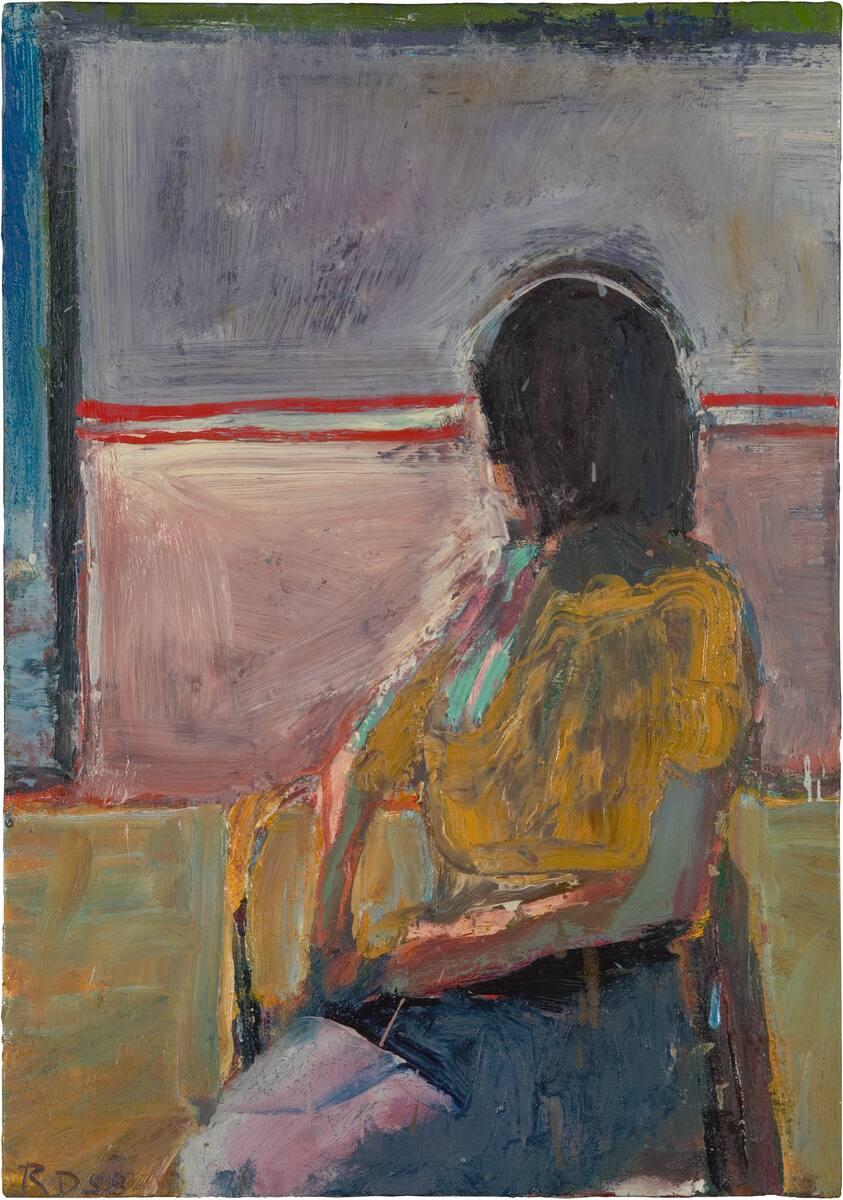

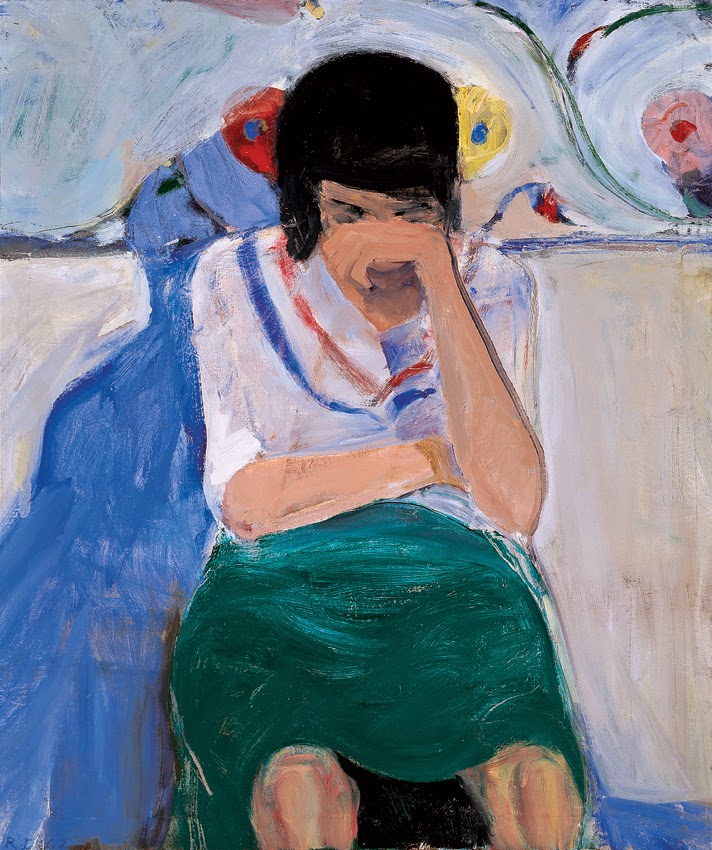
Secondary Research continued:
Francis Bacon – arguably a reflection of the confused and chaotic nature of Bacon’s own personal narrative and identity as an artist, mirrored through his portraiture.
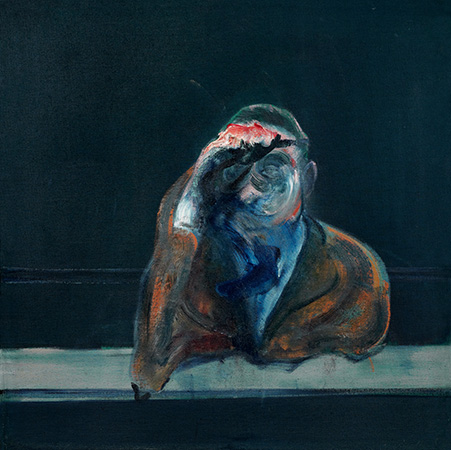

Primary Research: Exploration of the city as a setting for documenting personal narratives of subjects, and presenting them in an art form which works to mystify these narratives, creating ambiguity.
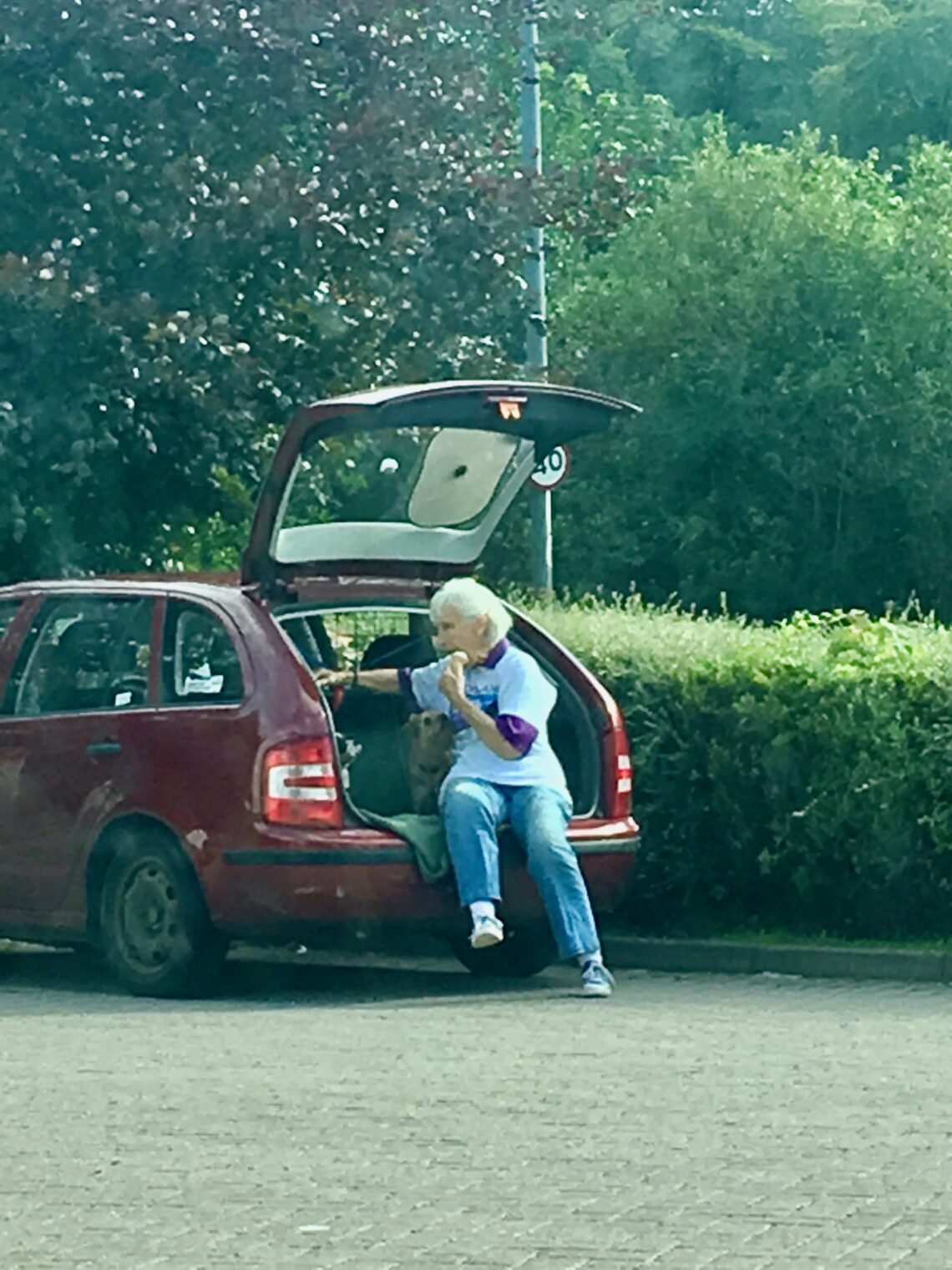
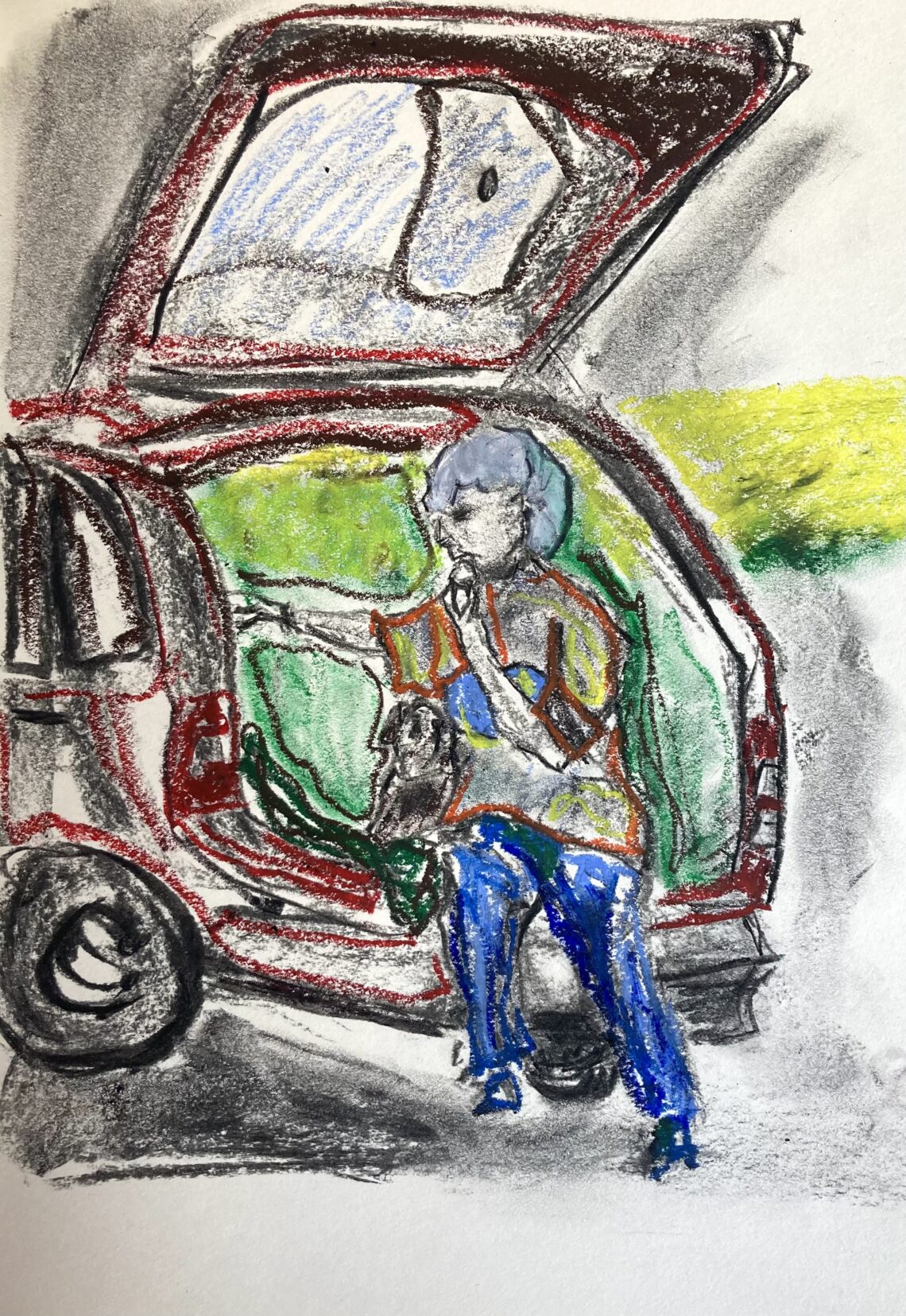
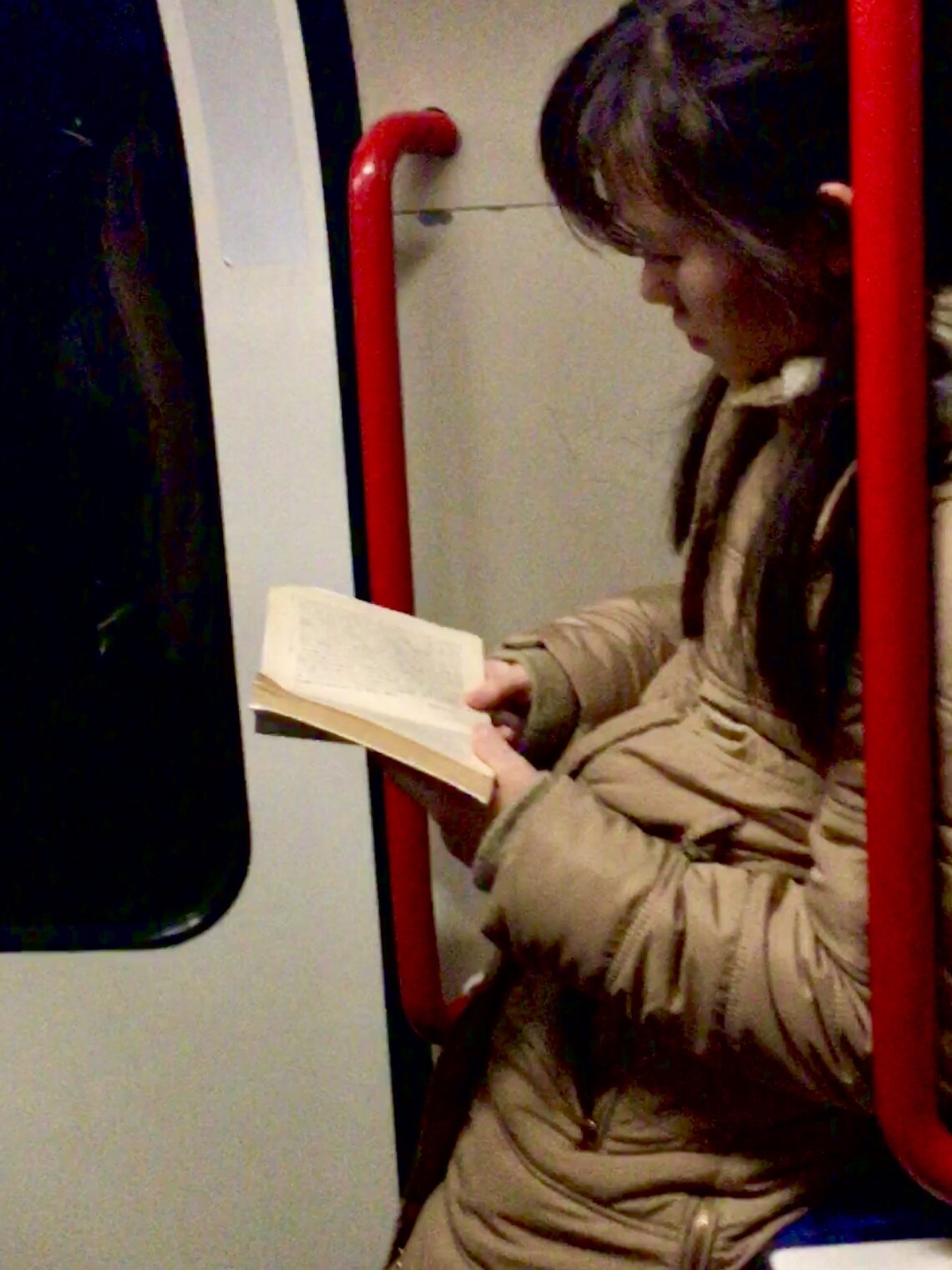
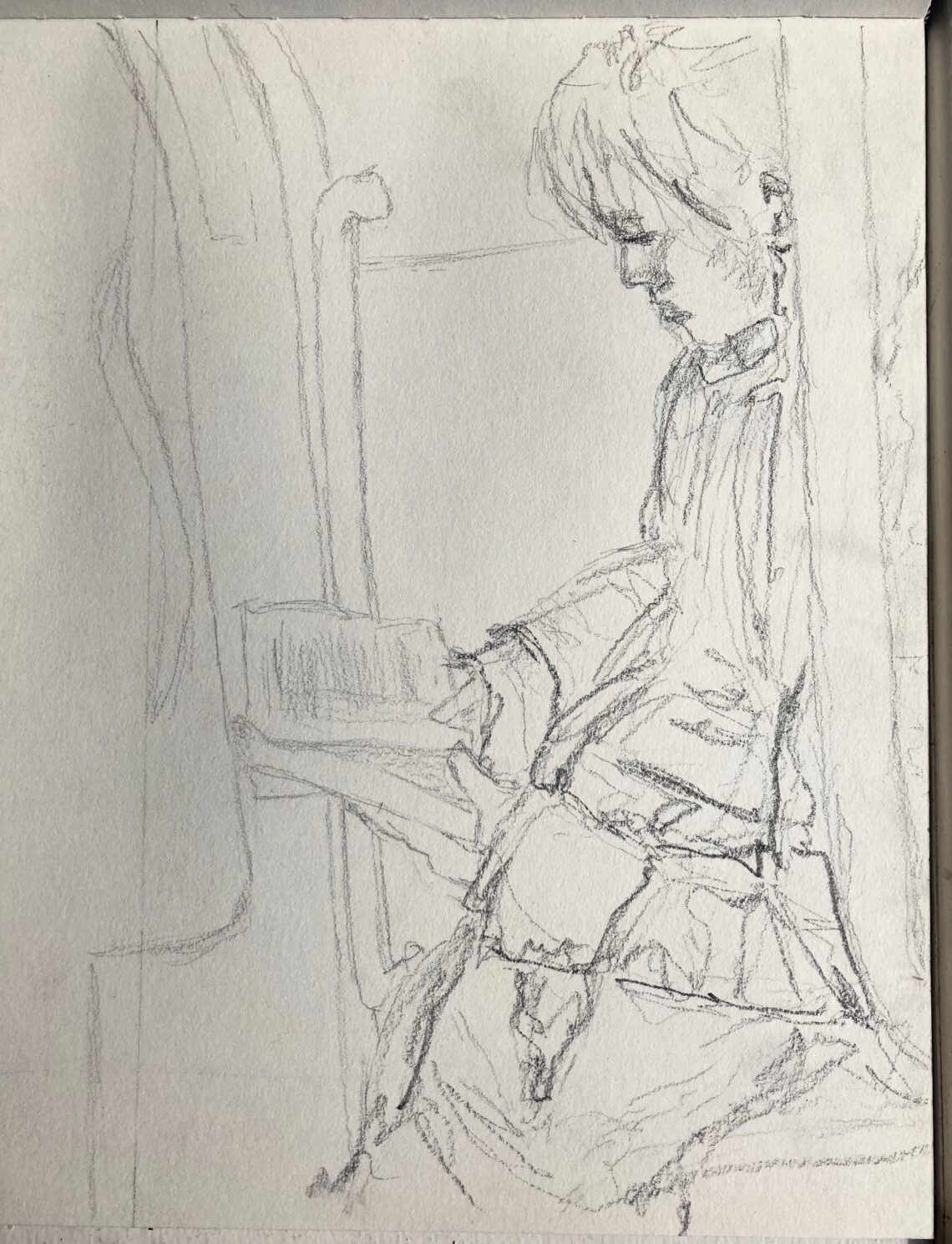
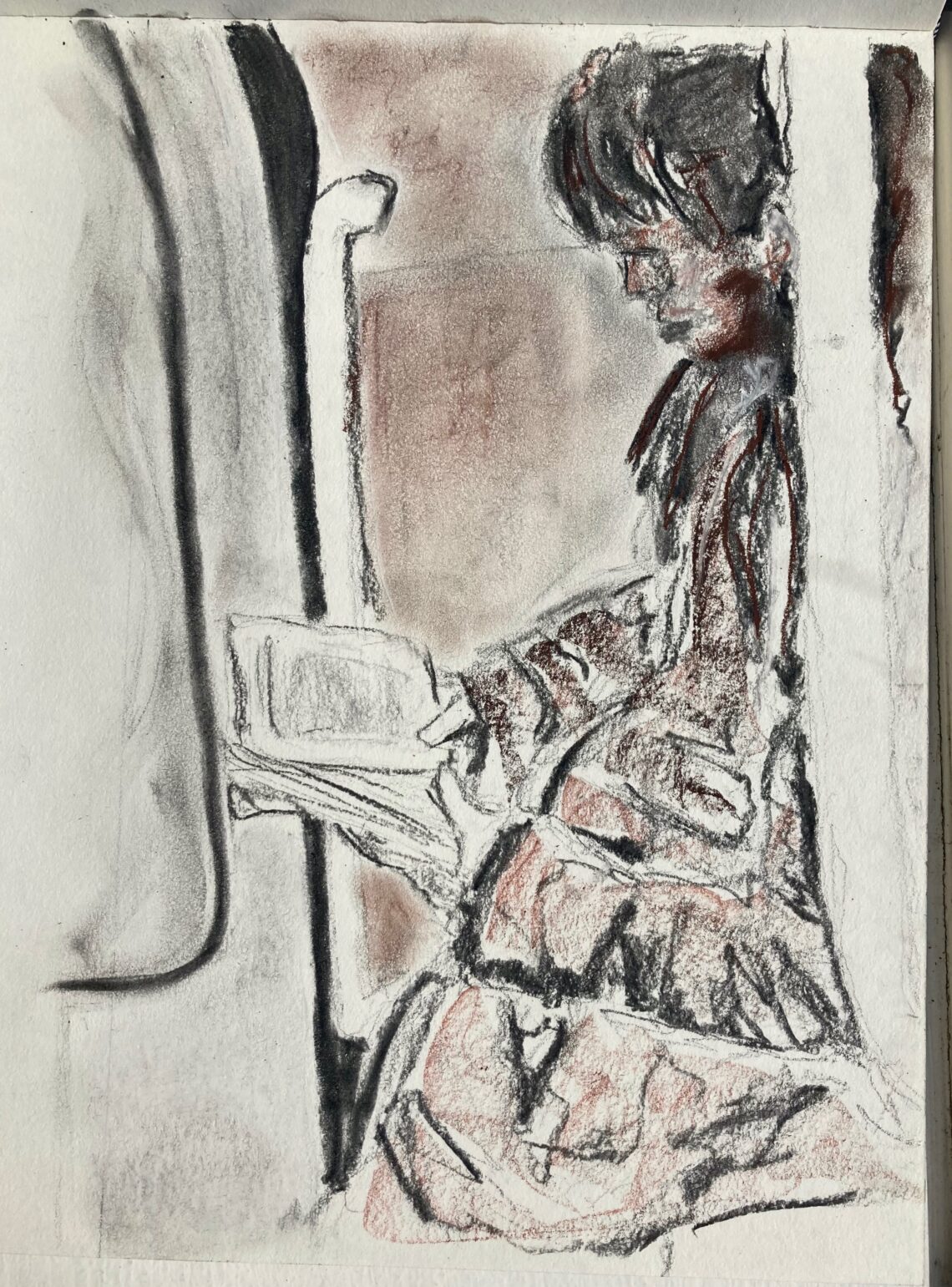
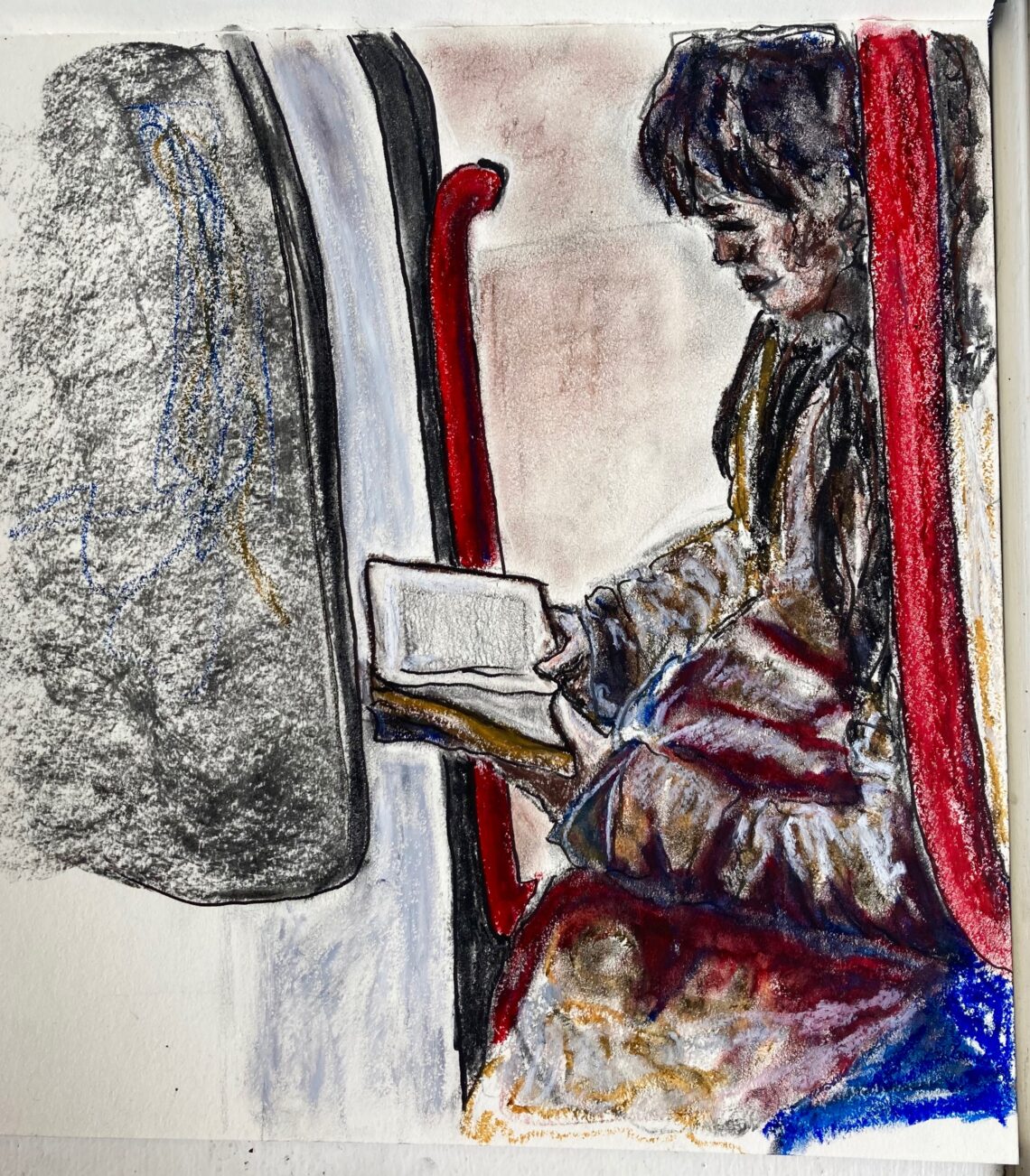
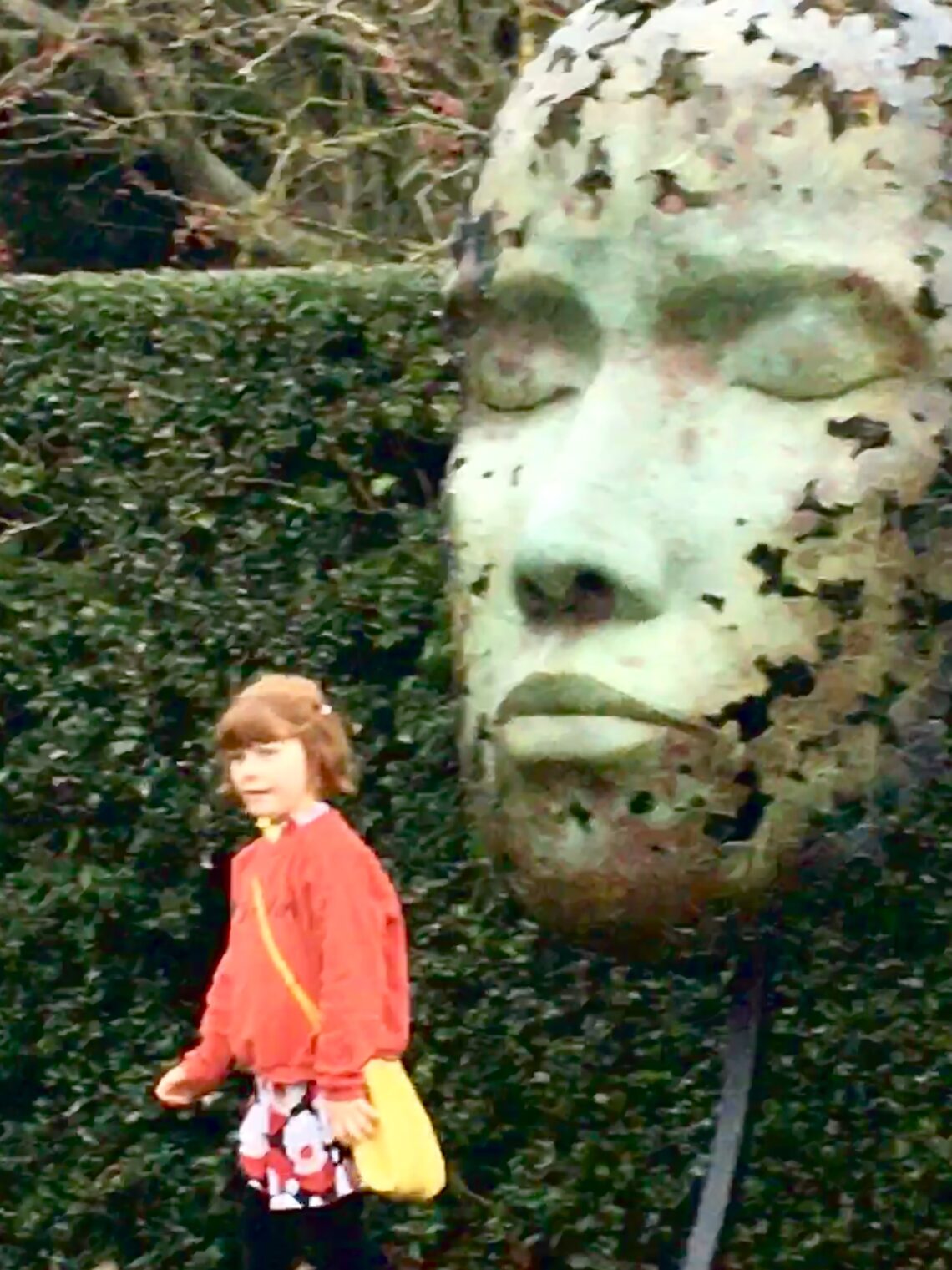

Development of Secondary Research: Windows
Shikuza Yokomizo
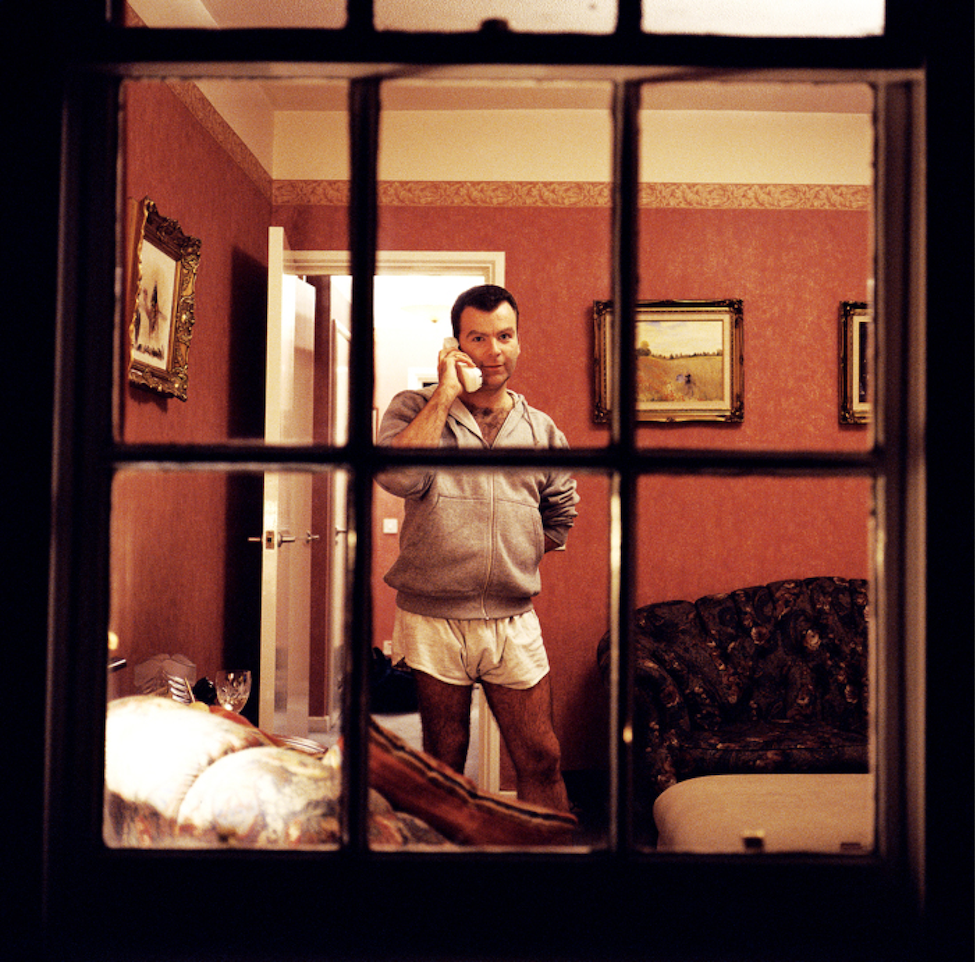
I began to focus on the idea of windows as a lens through which individual narratives can, not only be presented, but also be skewed and broken up. A transparent window compared with the opaqueness and solidity of walls acts as a way to fragment a subject’s narrative, and therefore create a disjointed identity.
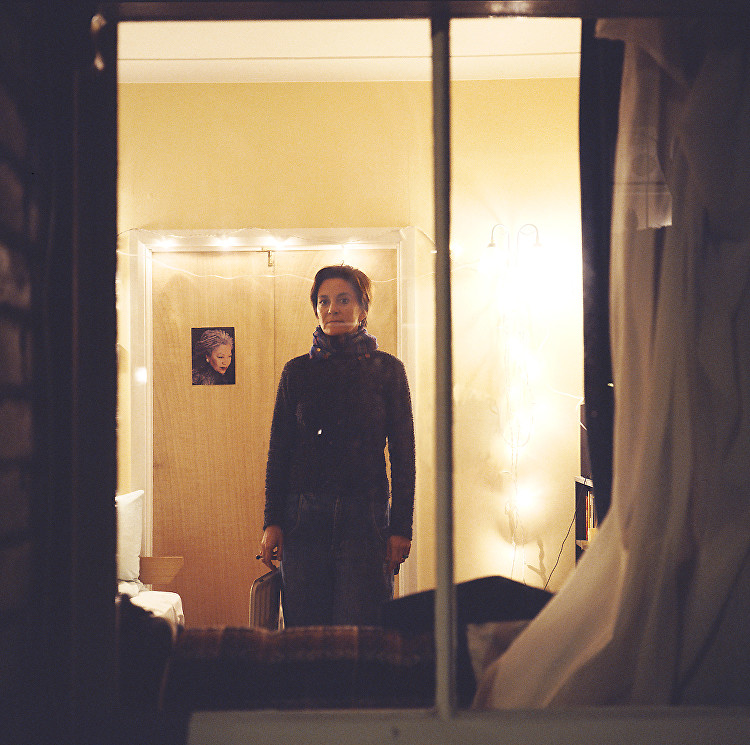
Primary Research:
In preparation for my final outcome, I wanted to focus on the photograph I took of the woman reading on the train, as I felt it captured the combined theme of concealed and ambiguous personal narrative, as well as the theme of windows, therefore having the potential to create a disjointed narrative of the subject.
Abstracted background for final outcome: enhancing the fragmentation of narrative caused by windows, using block colours and cardboard
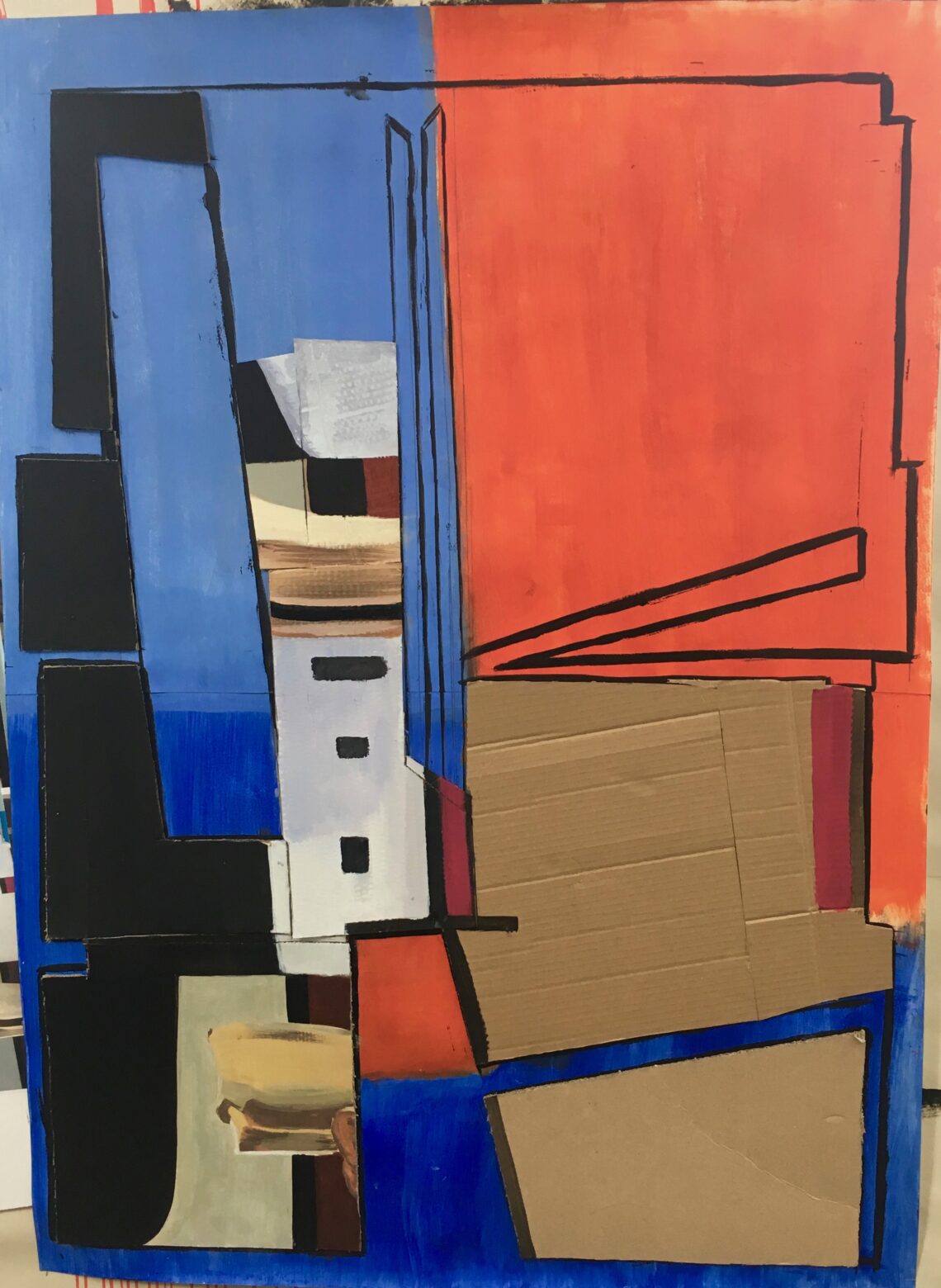
Refined Final Outcome: super-imposed photographs of painting and abstracted background using photoshop.
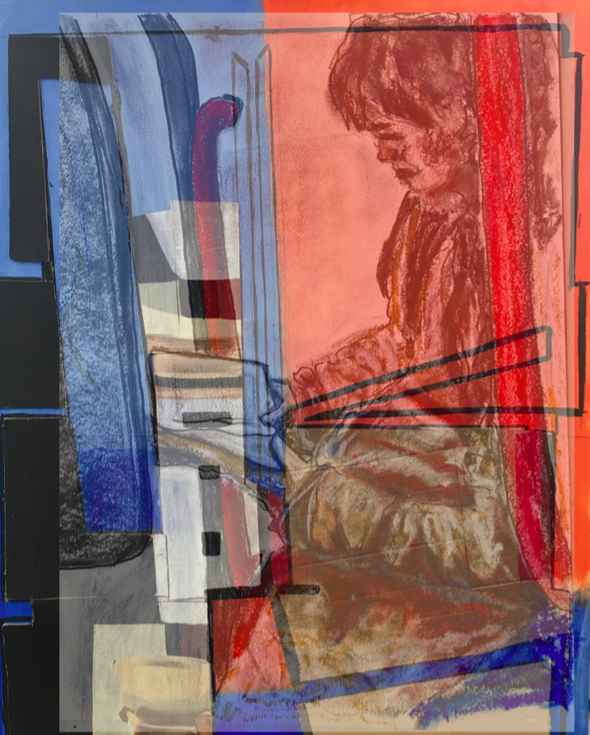
Project 3: Mapping the Soundscape
Primary Research: mind-map

Secondary Research:
Ryoji Ikeda
Ikeda places heavy emphasis on the use of white noise, static sounds and digitally created noises, resembling a computer scanning a database for a particular file or piece of information. The soundscape of this piece reminded me of electronic signals and sound waves, from which I generated the idea of creating an audio file which traces the ‘evolution’ of the brain, in terms of retaining memory, as certain sounds from the city ‘trigger’ memories.
Ryoji Ikeda, ‘data-verse 1,’ 2019. (video linked in blog)
Cevdet Erek, ‘Shore Scene Soundtrack,’ 2012. (video linked in blog) :
This piece by Cevdet Erek is an interactive soundscape artwork, whereby viewers were invited to recreate sounds of the sea by rubbing their hands over a piece of carpet.
Final Outcome: (linked in blog)
I was keen to explore the potential of combining the contrasting soundscapes of a digital nature with more organic and natural sounds, to attempt to create a ‘soundtrack of the brain’ as it develops the ability to retain memory and ‘tune in’ to certain nostalgic memories triggered by sounds.
Sally Dolphin, ‘The Evolution of Memory in the Brain,’ 2022. (Soundcloud Link in Recent Blog Post)
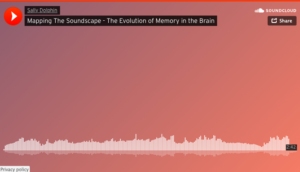 Sounds I gathered to use in my soundscape: small parts of Ryoji Ikeda’s audio file from ‘data-verse 1’ as a subtle backing track, radio static sounds, typing on a keyboard, noises from a cafe, sounds from videos of my siblings and I as children, waves at a beach, sounds from the London Underground and sounds from parks which I took during my sound walks around Edinburgh.
Sounds I gathered to use in my soundscape: small parts of Ryoji Ikeda’s audio file from ‘data-verse 1’ as a subtle backing track, radio static sounds, typing on a keyboard, noises from a cafe, sounds from videos of my siblings and I as children, waves at a beach, sounds from the London Underground and sounds from parks which I took during my sound walks around Edinburgh.
Word count (not including captions and citations): 694.

